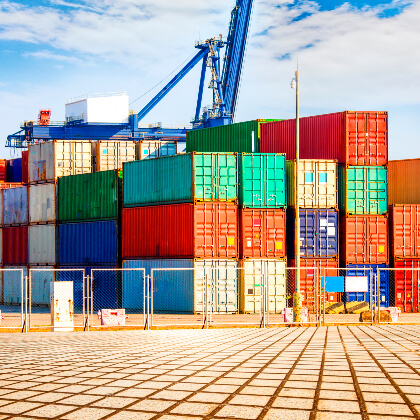
Weighing a shipping container is a critical process in the logistics and transportation industry. Accurate weight measurements ensure safety, compliance with regulations, and efficiency in shipping operations. Whether you’re a logistics manager, a freight forwarder, or a business owner, understanding the methods and importance of weighing shipping containers can save you time and money.
In this article, we’ll explore the various techniques used to weigh shipping containers, the reasons why accurate weight measurements are essential, and the equipment that makes the process efficient and reliable. By the end, you’ll have a comprehensive understanding of container weighing and how it impacts the broader scope of shipping and transportation.
Importance of Accurate Shipping Container Weights
Accurate weight measurements of shipping containers are not just a regulatory requirement but a cornerstone of safe and efficient shipping practices. Overloaded containers can lead to accidents, damage to cargo, and hefty fines due to non-compliance with international shipping regulations.
One of the primary reasons for enforcing accurate weight measurements is to ensure the stability of ships and prevent maritime accidents. Incorrect weight declarations can lead to improper stacking and securing of containers on a vessel, posing significant risks during transit. Additionally, accurate weights are crucial for the planning and execution of loading operations, affecting fuel consumption and overall voyage efficiency.
Moreover, road and rail transportation also rely on precise container weights to prevent infrastructure damage and ensure the safety of transport personnel. Overweight containers can strain vehicles, leading to mechanical failures and accidents on highways and railways.
Methods of Weighing Shipping Containers
There are several methods employed to weigh shipping containers, each suitable for different operational needs and accuracy requirements. Understanding these methods helps in selecting the right equipment and procedures for your specific context.
Weighbridges
Weighbridges are large scales embedded into roadways that can weigh entire vehicles along with their cargo. To weigh a shipping container using a weighbridge, a truck first drives onto the scale with the container, and then again without it. The difference between the two measurements gives the weight of the container. This method is widely used due to its simplicity and ability to handle heavy loads.
Load Cell Systems
Load cell systems involve using sensors that measure the weight of the container directly. These can be integrated into the container handling equipment such as cranes, straddle carriers, or reach stackers. As the container is lifted, the load cells measure the force exerted, providing an accurate weight. This method allows for real-time weighing during loading and unloading, improving operational efficiency.
Portable Axle Scales
Portable axle scales are mobile weighing solutions that can be set up at any location. Trucks carrying containers drive over these scales, measuring the weight per axle, which is then combined to calculate the total weight. This method is flexible and useful for remote locations or temporary setups where permanent scales are not feasible.
Equipment Needed for Weighing Containers
Selecting the right equipment is essential for accurate and efficient container weighing. The choice depends on factors such as the volume of containers, available infrastructure, and the required accuracy.
Industrial Scales
Industrial scales, including platform scales and floor scales, are suitable for weighing smaller containers or when high precision is required. They are robust and can handle heavy loads, making them ideal for warehouses and shipping yards.
Onboard Weighing Systems
Onboard weighing systems are installed directly on container handling machinery. They provide continuous weight measurements during operations, eliminating the need for separate weighing steps. This integration enhances workflow efficiency and reduces the time spent on weighing procedures.
Software Integration
Modern weighing systems often include software that records and manages weight data. Integration with logistics software ensures that weight information is accurately documented and easily accessible for compliance reporting and operational planning. This technology enhances accuracy and streamlines the shipping process.
Conclusion
Understanding how to accurately weigh a shipping container is crucial for safety, compliance, and efficiency in the shipping industry. By utilizing the appropriate methods and equipment, businesses can prevent costly errors, ensure regulatory compliance, and optimize their logistics operations.
Exploring the right weighing solutions can significantly impact your shipping processes. We invite you to browse our extensive range of weighing systems and scales at Sasco Africa. Our products are designed to meet the diverse needs of the logistics industry, providing reliable and accurate solutions for your container weighing requirements.


